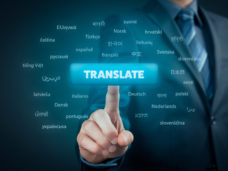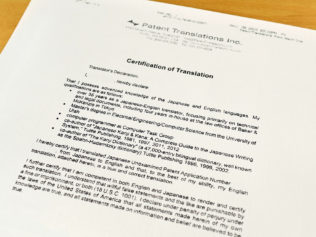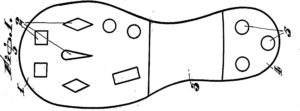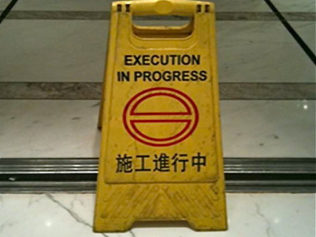Introduction to Evidentiary Translation for US Courts
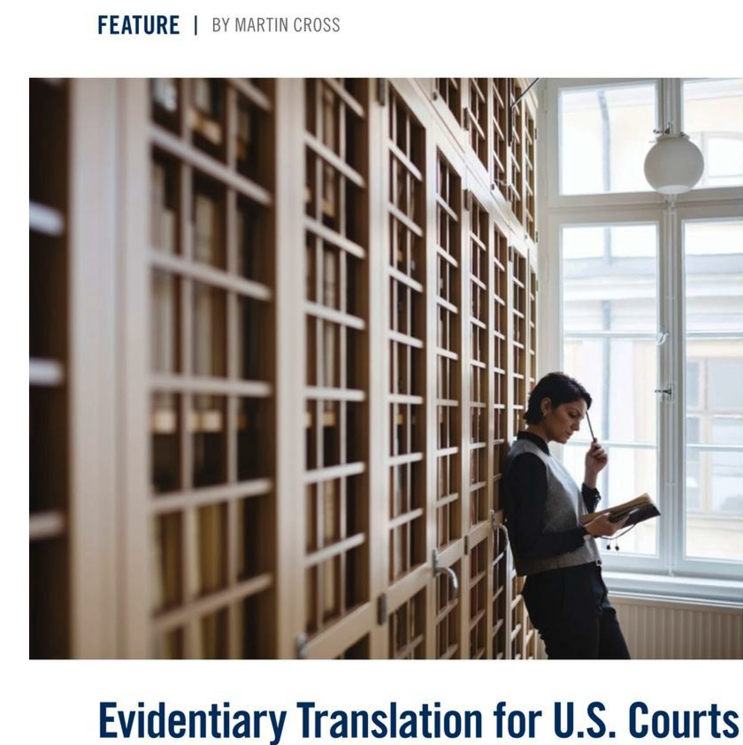
Over the past few years I have been asked to speak to translators’ associations in Washington State and Oregon, as well as nationally via an American Translators Association webinar on the subject of translating documents for use as evidence in US courts.
Best practices for spoken interpretation have long been established at both the state and federal levels, and these practices are generally well understood by court interpreters through accreditation programs. But while some countries have systems of national or local court accreditation for written translators, no such government programs exist in the US. As the goals of evidentiary translation differ greatly from most other contexts, in which the translator is tasked with recreating a new (and possibly improved) text, which has been remodeled to suit the expectations of the target audience, a lack of awareness of the purposes and ethics that should govern the production of translations for use in court can pose serious risks.
I recently wrote an article, which provides an introduction to the basic principles of evidentiary translation, for the American Translators Association. If you are interested in the linguistic theory behind the practice, you may want to look at the chapter that I wrote for the ATA Patent Translator’s Handbook.

